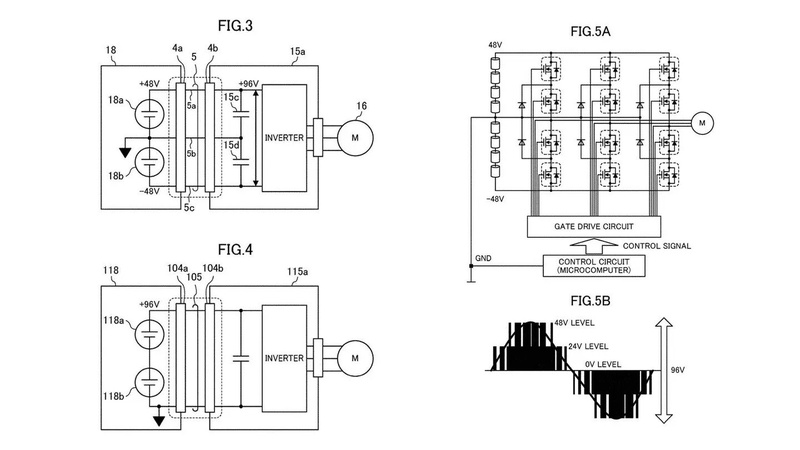Originally applied for in June 2021, the patent was published in the United States last week and brought to light by The Drive. While the patent does not divulge extensive details about the rotary engine itself, it does mention that the engine is positioned at the front.
The proposed rotary engine is part of a hybrid system that incorporates a combination of electric motors. This includes a pair of 23-horsepower (17-kilowatt) induction motors for the front wheels, as well as a 36-horsepower (25-kilowatt) permanent magnet synchronous motor located behind the combustion engine. With this setup, the car boasts an all-wheel-drive capability. The Drive notes that these distinct electric motor types offer diverse torque delivery methods, potentially enabling a flatter torque curve.



One notable aspect of the patent is Mazda's unique variable-voltage battery system. The company suggests employing four 48-volt modules housed in a single package. During lower system loads, the modules function as a traditional 48-volt battery. However, when maximum potential is required, electrical switches reconfigure two pairs of battery cells to operate in series at 96 volts. This design not only optimizes performance but also contributes to weight savings—a critical consideration for any sports car featuring a combustion engine, three electric motors, and a battery.
It is essential to approach this new patent with cautious optimism. While Mazda might be protecting its technological advancements, there remains a glimmer of hope that a rotary engine-powered sports car is indeed in the works.
Sources: US Patent and Trademark Office, The Drive

